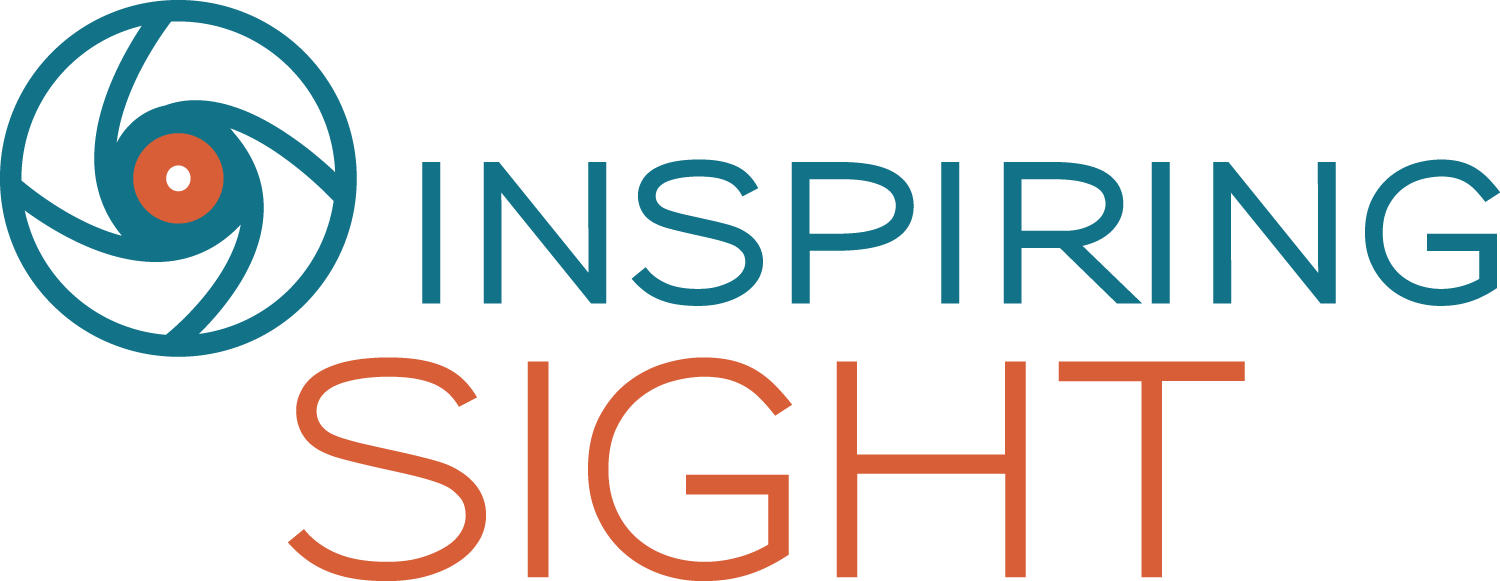A Cure for the Directionless Organization
If you’ve ever experienced aches, pains or injury, you have likely discovered the source of the pain is rarely where the treatment occurs. Organizations, like the human body, also redirect pain away from the underlying source. When people learn I do strategic planning with organizations, the most common response often sounds something like this, “We’ve spent a lot of time and money on strategic planning and nothing changes when it is over.” I hate to admit it, I too have shared those same thoughts while participating in strategic planning when working for organizations. That’s exactly why I now do strategic planning work with organizations and challenge that very premise. Instead, I ask, “what would it be like if the results of a day of strategic planning were strategically connected to the day-to-day work of the organization, from the board room to the customer? What if the strategy became the Litmus Test for every decision the organization makes?”
When I first meet with organizations, they share a laundry list of challenges they are facing. After asking a series of questions, the source of their pain is revealed and often found to be rooted in their lack of alignment across the organization. This disconnect between the strategy and how the work is implemented makes it apparent that the last time they visited the vision, mission and strategic directions was three to five years ago when they sat through their last strategic planning session. This all too common practice inadvertently causes the organization to be working toward as many visions as there are employees.
When asked to list the most common reasons organizations struggle, it usually comes down to two things. Ironically, those two things are usually rooted at or near the board table and leadership team.
1) Limited understanding of the difference between governance and management and why it matters.
When organizations don’t understand the difference between governance and management roles, boards often micro-manage and managers often invite the very micromanagement that gets in the way of them doing the work they were hired to do. The result--no one is tending to governance or management very well, if at all. In the absence of governance, no one is looking out for the big picture and long-range success of the organization. In the absence of governance, time which should be spent on managing becomes wasted on pleasing the board instead of managing the organization. Boards don’t get the information they need to make the crucial legal and fiduciary decisions they are responsible for and managers/leadership teams don’t know where they headed so they can’t make decisions on their own with the confidence it is what the board will support. The governance hat and the management hat are very different functions and with no one tending solely to either, your organization is at great risk for inefficiency, lack of productivity, disengaged employees, high rates of turnover, ineffective use of resources, and failure to move toward mission and vision.
2) Limited knowledge of how and why to utilize the vision, mission and strategic directions as the litmus test for every decision made across every level of the organization.
While the term litmus test began as an acid-based indicator in the scientific realm in the 1400’s, six centuries later, people began using litmus test figuratively. Now it is often used to make a judgment about whether someone or something is acceptable or not. In the context of organizational strategy, the vision, mission and strategic priorities are the real litmus test for every decision the organization makes, regardless of the position of the employee. To effectively do this, staff and board members need to be trained on how to ask the questions for evaluating their thinking, decision-making and actions against the organization’s strategies, mission, and vision. In other words, through questions, and practice, your entire workplace develops a new way of thinking and acting that keeps them in alignment with their strategy daily. When everyone in the organization is actively working toward the direction set by the board and leadership, engagement increases, buy-in goes up, people do their best work, and the organization moves forward more efficiently toward meeting their goals.

